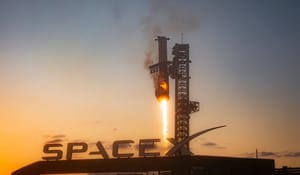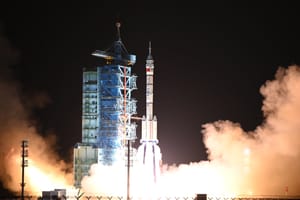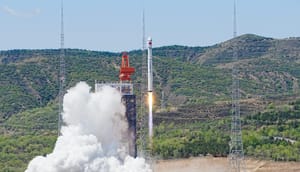
Lifting off from the Taiyuan Satellite Launch Center at 11:21 am China Standard Time, or 03:21 am Universal Coordinated Time, was China's newest launch vehicle. The Long March 6C flew from Launch Complex 9A carrying four payloads into a sun-synchronus orbit.
The four payloads onboard for the debut flight were:
- Haiwangxing-01 - A 239-kilogram X-band synthetic aperture radar satellite built by the Shanghai Academy of Spaceflight Technology for Zhihui Space Tech.
- Zhixing-1C - A X-band radar satellite for Smart Satellite Technology.
- Two other imaging satellites were reportedly also onboard, but little was shared about them.
Minimal modification appears to have been done at Launch Complex 9A to support the launch of the Long March 6C. This is due to it sharing significant hardware heritage with the Long March 6A, in both stages engines and the first-stage structure.
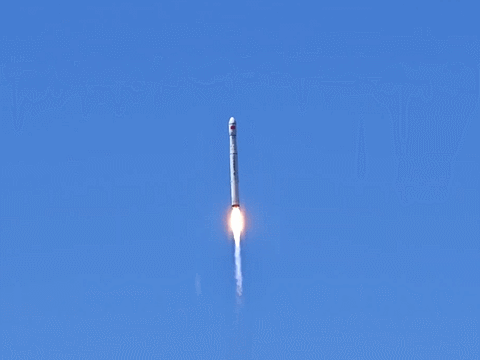
According to the Shanghai Academy of Spaceflight Technology, the launch vehicle is the first in China to adopt 'adaptive augmented control' which allows the vehicle to aim for the most optimal flight path. The second-stage of the rocket is also a new development as the fuel tanks have made both space and mass savings compared to other similarly sized stages, which had the knock-on effect of improving the performance of the rocket.
This launch was the 20th of the year and the 520th of a Long March rocket overall. China is currently aiming for one-hundred launches this year.

What is the Long March 6C?
The Long March 6C is a two-stage launch vehicle burning rocket-grade kerosene and liquid oxygen, along with being the newest rocket in the Long March series. It is manufactured by the Shanghai Academy of Spaceflight Technology, who also manufacture the Long March 6 and 6A which the rocket is derived from.
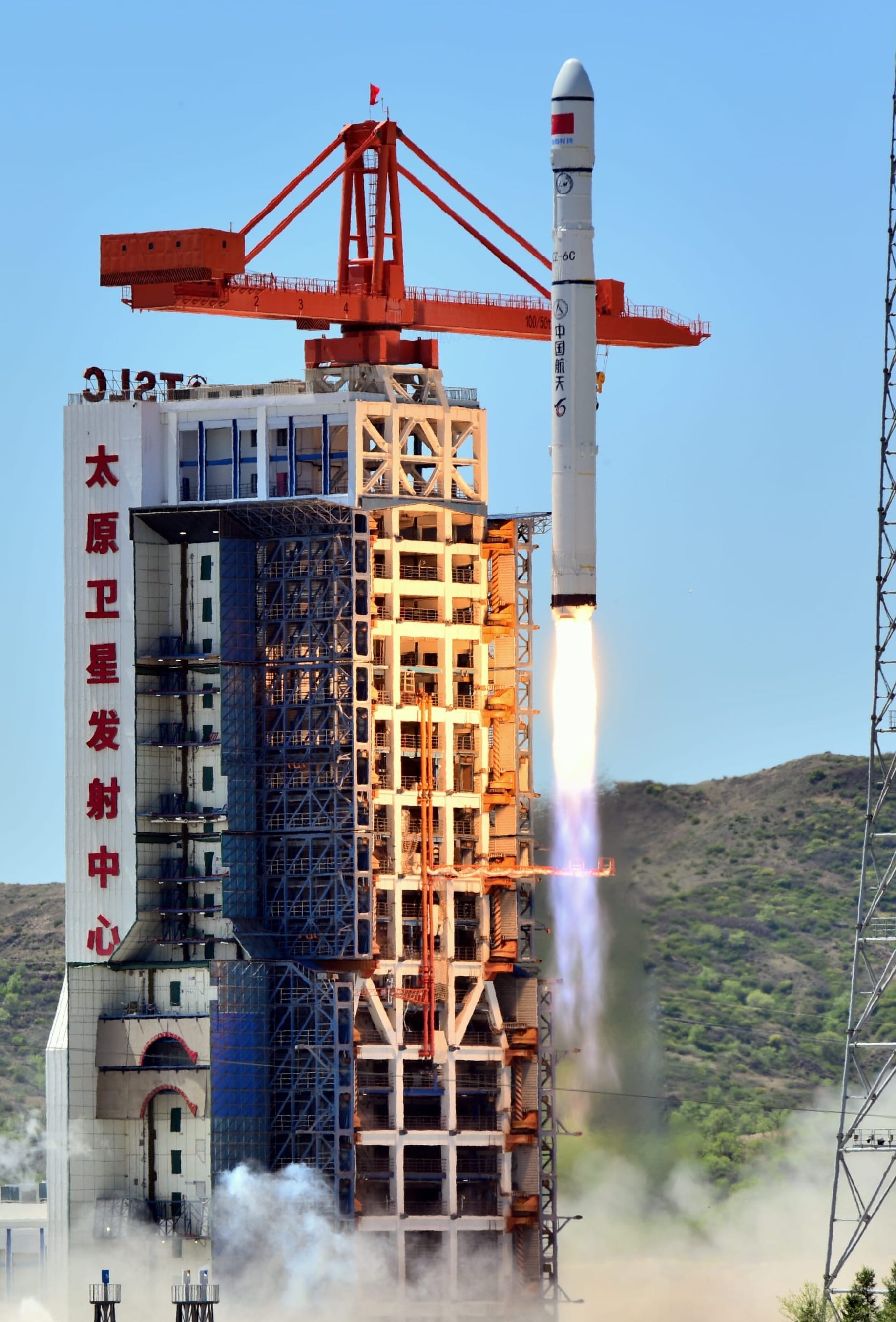
It is believed that the Long March 6C is capable of delivering 2,400 kilograms of payload to a 500-kilometer sun-synchronous orbit, or 2,000 kilograms to a 700-kilometer sun-synchronous orbit.
The first-stage is powered by two YF-100 engines to generate a combined thrust of approximately 244 tons of thrust, while burning rocket-grade kerosene and liquid oxygen. The first-stage is reportedly 3.35 meters in diameter.
The second-stage is powered by a single YF-115 engine generating 18 tons of thrust burning rocket-grade kerosene and liquid oxygen. The second-stage is believed to be 2.9 meters in diameter.
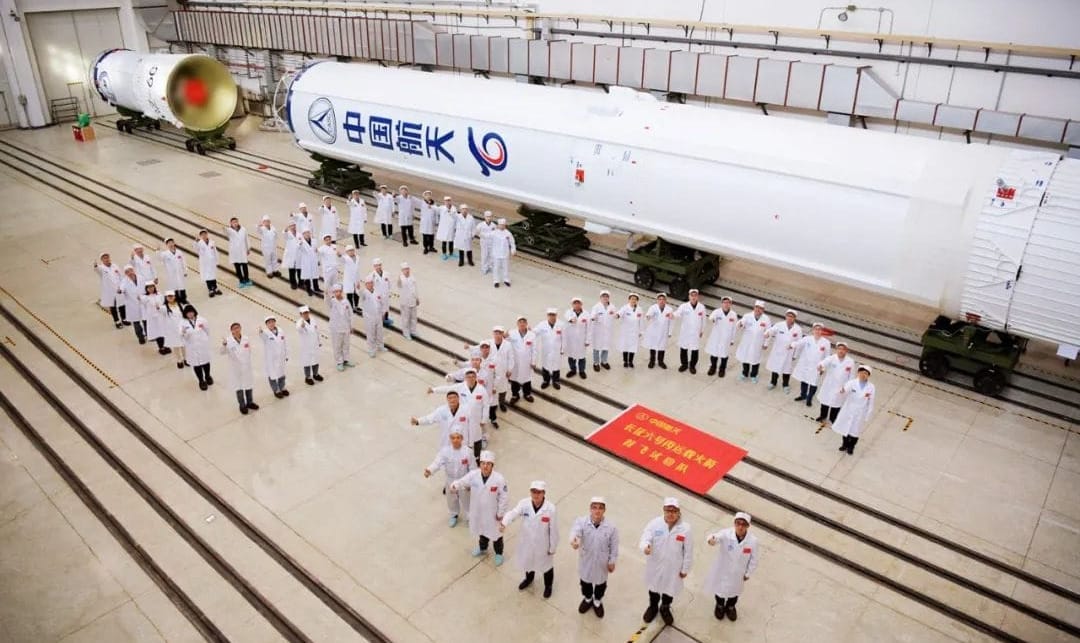
On the launchpad, the rocket reportedly weighs 215,000 kilograms and is forty-three meters tall. The Shanghai Academy of Spaceflight Technology has not shared the burn time for either of the stages, at the time of writing.
Why so many Long March rockets?
Introducing new rockets is not a trivial process and requires overlap between the old and new launch vehicles. New launch vehicles also need to prove their reliability and safety while carrying payloads.
China's state-owned launch vehicle providers and manufacturers are working towards the country's goal of phasing out its hypergolic fuelled launch vehicles. These new rockets are designed to burn rocket-grade kerosene and liquid oxygen instead of Dinitrogen Tetroxide and Unsymmetrical Dimethylhydrazine. The new rockets are the Long March 5, Long March 6, Long March 7, Long March 8, Long March 10, and Long March 12 series' of rockets.
But why move away from the older Long March vehicles? The fuel of the older Long March launch vehicles are Dinitrogen Tetroxide and Unsymmetrical Dimethylhydrazine, both of which are dangerous to be around without specialist protective equipment. They were also designed in the 1970s and 1980s so production methods and design techniques have improved massively since, especially in China which is now a world-class manufacturer.


